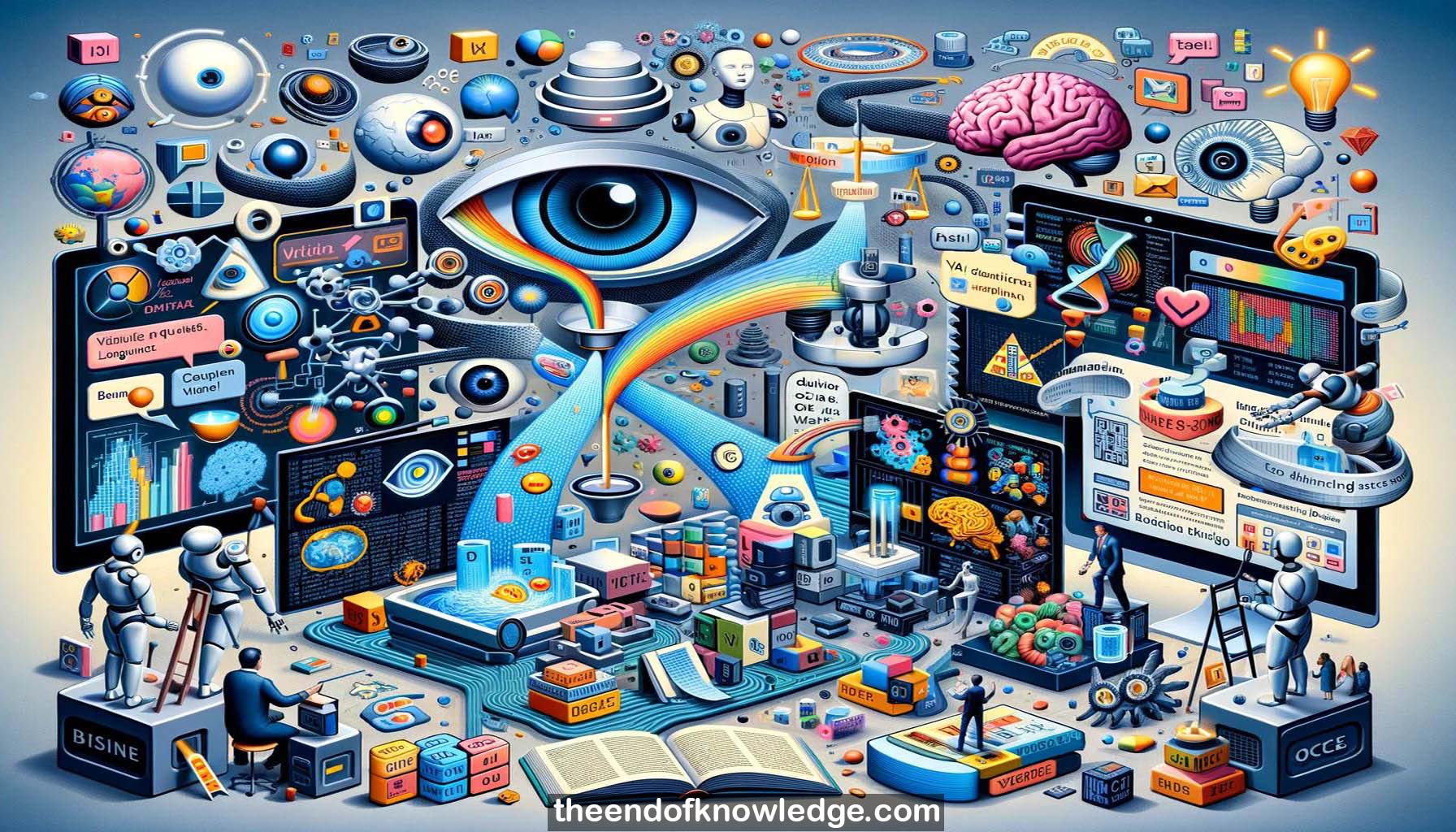 >
>
Concept Graph & Resume using Claude 3 Opus | Chat GPT4 | Gemini Adv | Llama 3:
Resume:
1.-Vision and language is an interesting and important area to study for applications, conceptual reasons, and technical challenges.
2.-Visual question answering (VQA) is a broad, open-ended vision-language task that is quantitatively evaluable and showcases current model capabilities.
3.-Models can now describe images, videos, and have back-and-forth conversations about image content in an impressive fashion.
4.-Though impressive, vision-language models can still be biased towards language priors and fail to sufficiently ground in images.
5.-Neural Baby Talk generates captions grounded in object detector outputs, allowing description of novel scenes and robust captioning.
6.-VQA-CP tests models' reliance on language priors by having different answer distributions for question types between train and test.
7.-Separating vision and language reasoning into distinct modules that combine later helps reduce language bias in VQA.
8.-Difficult VQA questions often involve reading text in images, but top models fail at this due to lack of OCR integration.
9.-The TextVQA dataset and challenge focuses on questions that require reading and reasoning about text in images.
10.-Most vision-language work trains separate task-specific models on different datasets, learning non-generic representations.
11.-Vision and language should aim to learn generic representations that enable solving multiple tasks with one model.
12.-ViLBERT learns generic vision-language representations through pre-training that can be fine-tuned for various downstream tasks.
13.-A multitask ViLBERT model with task-specific heads outperforms specialist models and benefits from shared representations.
14.-A live demo shows a single model performing 8 vision-language tasks: VQA, referring expressions, entailment, retrieval and more.
15.-Open challenges remain in using diverse visual data beyond COCO and incorporating external knowledge for VQA.
16.-Vision-language models need better evaluation on downstream tasks with humans in the loop, not just static benchmarks.
17.-More work is needed on non-English languages, identifying and mitigating biases in vision-language datasets and models.
18.-Vision-language is an exciting, fertile ground for research on tasks, datasets, evaluation, applications, biases, and human-AI interaction.
19.-Current vision-language capabilities are impressive but still easy to break; much more work remains to be done.
20.-The speaker has additional thoughts on time management, AI creativity, climate change, experiences as a woman in AI, and philosophy.
Knowledge Vault built byDavid Vivancos 2024